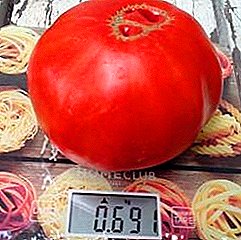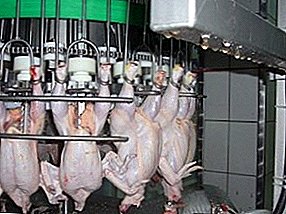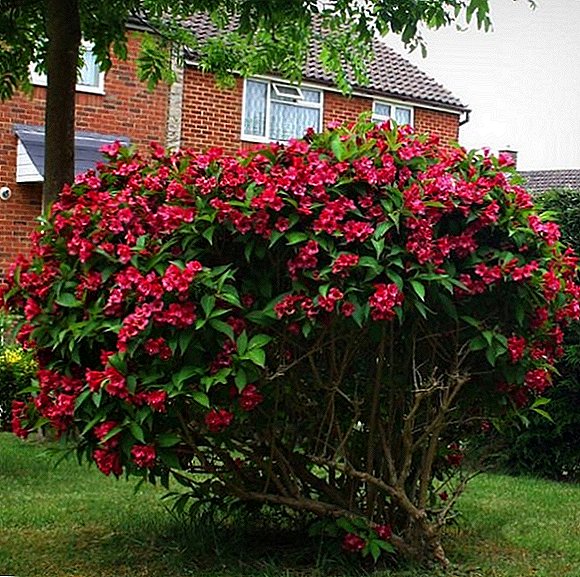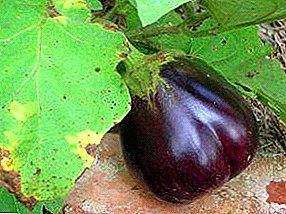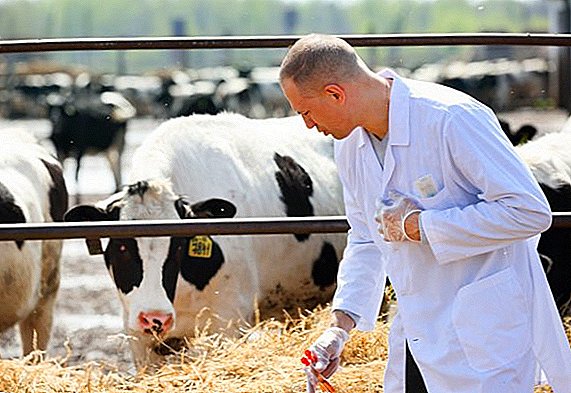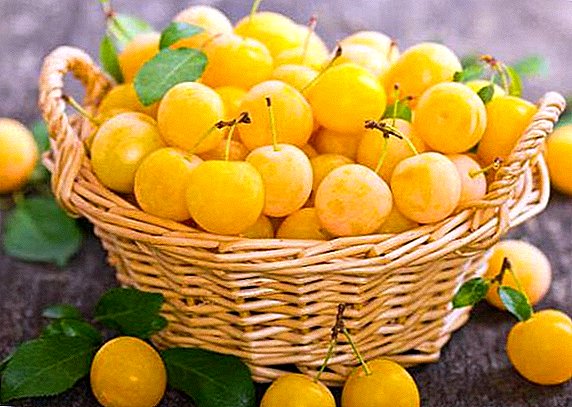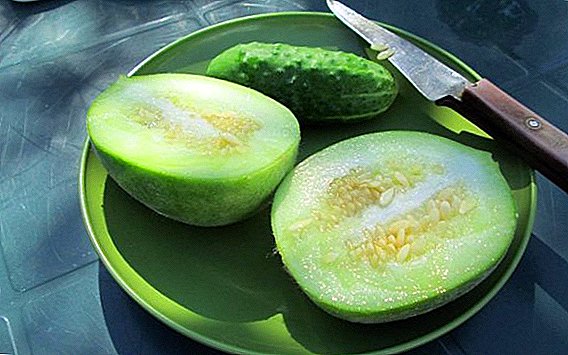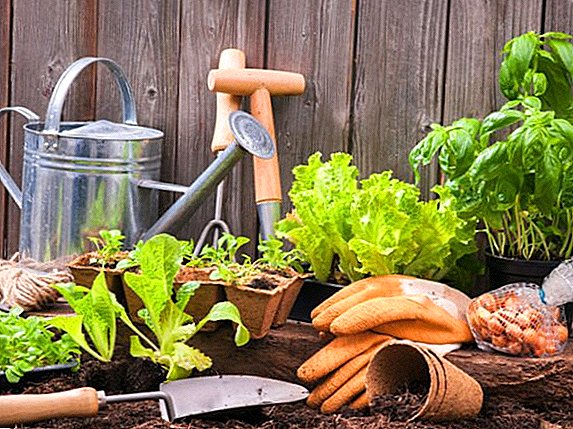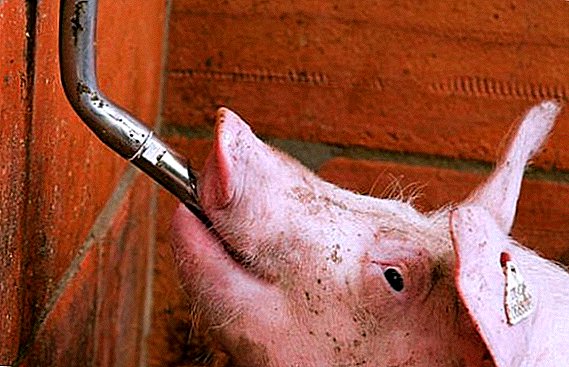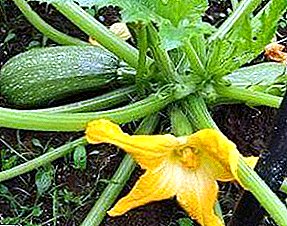
Typically, a greenhouse is used to grow tomatoes, cucumbers, eggplants, or sweet peppers.
But it is suitable for other popular cultures. Try to plant squash in the greenhouse.
Vegetables grown in greenhouses have a more delicate and pleasant taste, besides, the vegetation period of plants is significantly reduced, which allows you to quickly harvest.
The advantages of the greenhouse
Usually zucchini is grown in the garden. This kind of vegetables is calm tolerates light changes in temperatureFor the summer zucchini successfully ripen. But greenhouse cultivation has a number of additional advantages:
- reduction of the growing season. Fruits ripen faster, yield increases. In the greenhouse, you can easily collect 30 squash from 1 square. m;
- there are particularly demanding heat hybrids, created specifically for greenhouses;
- greenhouses grown in the greenhouse, have a very delicate and delicate flavor;
- early zucchini are in great demand and suitable for industrial cultivation;
- in the greenhouse zucchini don't hit pests and less sick;
- Zucchini undemanding to the composition of the soil and temperature, growing in greenhouses will be inexpensive.
Variety selection
In a confined space of greenhouses, it is better to grow compact bush hybrids. They take up less space, but are distinguished by good yield and high taste qualities of fruits.
It is better to choose plants without prickly growths on the petioles, they are easier and more convenient to collect. For sale, preferred are small-fruited varieties with fruits of light or medium-saturated color. For dozens of soil created several dozen varieties and hybrids.
White fruiting - the variety is suitable for both protected and open ground, but in the greenhouse the yield is much higher. Variety bush, compact, not forming long lashes. Large greenish-white fruits with moderately dense creamy flesh have a gentle, not watery taste.


Quand - the early ripe hybrid suitable for the glazed or film greenhouses. Very fruitful, small beautiful fruits suitable for canning. The taste is delicate and uniform, the flesh is firm and juicy.


Kavili - early ripe fruitful hybrid. The fruits are beautiful, even, with a gentle uniform flesh. The taste is very delicate, without bitterness. Courgettes are suitable for salads, stews, soups and canning.

Belogor - productive early ripe hybrid. Fruits are moderately large, with dense, pleasant to the taste pulp. Suitable for canning, but tasty and fresh.

Nemchinovsky - the compact grade which is not forming long lashes. Differs in high productivity. In open ground, the plant may be affected by powdery mildew, but in the greenhouse it is practically not ill. The fruits are large, juicy, with a greenish-white tender flesh.

Greenhouse requirements
Courgettes undemanding to conditions of detention. They grow well not only in expensive polycarbonate greenhouses, but also in simple film covers. The height of the greenhouse is not importanthowever, for the convenience of plant care between the ridges you need to make a fairly wide passage.
Greenhouse for squash may be small, up to 50 square meters. m. This space will provide a good harvest. If you plan to grow zucchini in winter, you need to build a greenhouse on the foundation, covering wooden or metal frames with glass or polycarbonate.
Greenhouse needed equip with vents for airing and heating system. It is possible to warm the greenhouse with the help of an electric boiler or wood-burning stoves, for greenhouses covered with plastic, household heaters are suitable. Expensive greenhouses are equipped with an automatic drip irrigation system and climate control.
For the preparation of fuel, pigs, goat or cow dung mixed with straw in equal proportions, piled up, poured well and water a few days left under the film.
Then, in the greenhouse, remove the top layer of soil, evenly distribute the biofuel and covered with a layer of nutrient substrate. Such a pillow not only warms the plants, but also serves as an additional feeding during the period of active growth. Allocated carbon dioxide contributes to the rapid maturation of fruits and improve their taste.
Growing secrets
How to grow zucchini in the greenhouse? Growing zucchini in the greenhouse is available not only to experienced but also novice gardeners. This culture prefers a light, well loosened soil, neutral or slightly alkaline. For greater nutritional value in the ground you can add compost and ash.
Instead of organic matter, you can make complex mineral fertilizers, mainly superphosphate. Squashes react negatively to preparations containing chlorine. Top dressing is made every 2 weeks at the same time with watering and loosening. Before fertilizing, remove all weeds.
 Zucchini more convenient to grow seedlings. Seeds are sown in peat pots, this makes it possible to preserve the fragile root system during transplantation. The seedling, which reached the age of 20-25 days, moves to the greenhouse, to a permanent place.
Zucchini more convenient to grow seedlings. Seeds are sown in peat pots, this makes it possible to preserve the fragile root system during transplantation. The seedling, which reached the age of 20-25 days, moves to the greenhouse, to a permanent place.
The distance between plants is from 70 to 80 cm. In film greenhouses zucchini planted in early May or a little earlier. When planting early, soil preheating is necessary with the help of furnaces or electric boilers.
Mulching will help maintain a normal level of moisture and speed up ripening. After planting, the soil is covered with a film, in which holes are made for plants. Watering is carried out in these holes. Possible mulch sawdust, sunflower husks and other materials. The ground coverage provides zucchini with the warmth that they really need.
Plants do not like too hot and wet greenhouses. The optimum temperature for the successful ripening of fruits - 24 degrees during the day and 18 degrees at night. Humidity is maintained at 60-70%. With increasing temperature, plants can shed their ovaries, with a strong cold snap the growth of zucchini slows down. Water the bushes need 1 time in 5-7 days, preferably soft water at room temperature.
Daily need to air the greenhouse. In warm spring and summer days, zucchini should be spent most of the time in the air, which accelerates ripening and attracts insects for pollination. To further attract the plants are sprayed with sugar syrup dissolved in water. Pollinate zucchini can be manually, using a cotton swab.
Harvesting
Harvesting should begin when the first fruits reach the desired size. Do not wait until they become too large. Small zucchini tastes more tender, their skin is soft and glossy. 7 days before cutting the watering stops. This technique allows you to make the taste of the fruit more saturated, not watery.
During active fruiting zucchini harvested every other day. Harvest very carefully, trying not to injure the tops of the bushes and formed whips. Damaged plants are badly restored and may stop the formation of new ovaries.
During the collection of fruits, it is important to remove not only beautiful and complete, but also ugly, improperly formed fruits. Overgrown zucchini left on the branches, will delay the development of new ovaries and reduce the yield of each bush. Care must be taken when cleaning., the skin of young fruit is prone to damage and scratches. Injured zucchini is worse stored and quickly lose their presentation.
 Growing zucchini can be the beginning of a promising business. Early spring and in winter, the margin on fruits increases significantly, increases and demand. Find out what else you can plant in greenhouses, on our website.
Growing zucchini can be the beginning of a promising business. Early spring and in winter, the margin on fruits increases significantly, increases and demand. Find out what else you can plant in greenhouses, on our website.
Starting with one small greenhouse, you can gradually increase the number of plantings, experimenting with varieties and achieving maximum yields.


